Tree in London
Kathy Kendall
9 years ago
Related Stories
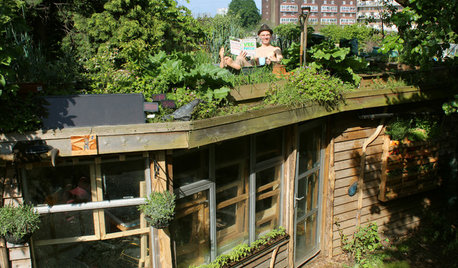
STUDIOS AND WORKSHOPSVisit London’s Shed of the Year
A modern Renaissance man carves out a multifunctional green oasis amid London’s urban whirl
Full Story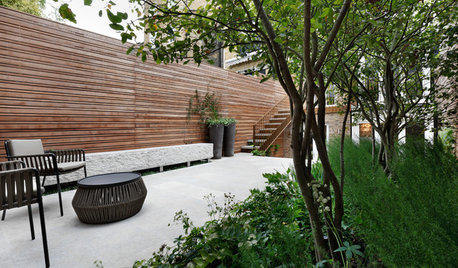
URBAN GARDENSIn London, a Crowded Patch of Grass Becomes a Patio for Entertaining
A chic combo of wood siding, clever plantings and lots of elegant sandstone transforms a plain garden into a stylish space
Full Story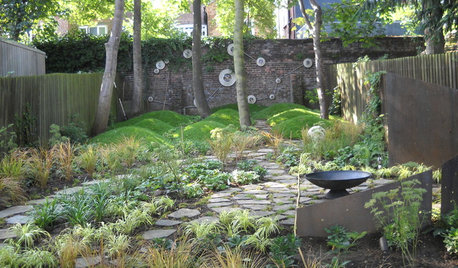
LANDSCAPE DESIGNStars and Myths Inspire a Contemporary London Garden
A sinuously snaking path, tiles like dragon skin and a triad of stone apples give a British garden an air of enchantment
Full Story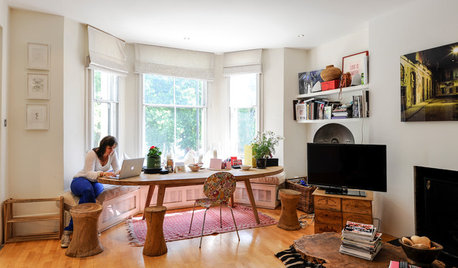
SMALL HOMESMy Houzz: Artistry and Personality Color a London Flat
A photographer’s Holland Park home does much better than just get by with a little help from friends
Full Story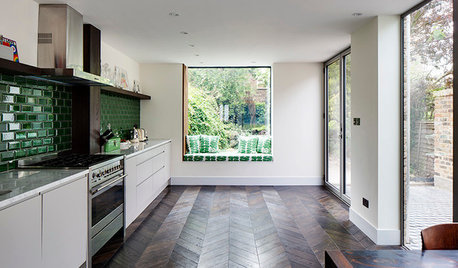
ADDITIONSLight and Personality Fill a Remodeled London Home
Eclectic and heritage elements mix in a clever extension that adds volume without digging into the home’s foundation
Full Story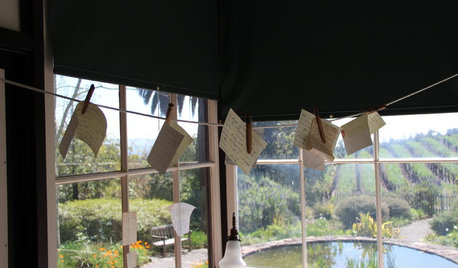
RANCH HOMESSee the Estate That Drove Jack London to Write
In honor of the ‘Call of the Wild’ author’s birthday January 12, we tour the reason he wrote all those books
Full Story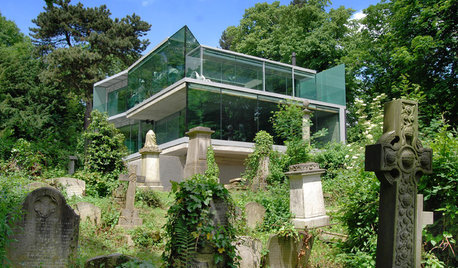
HOUZZ TOURSHouzz Tour: A Most Unlikely Setting for a Contemporary London Home
The unusual glass design of this house near Highgate Cemetery helps it float above dramatic surroundings, visible at every turn
Full Story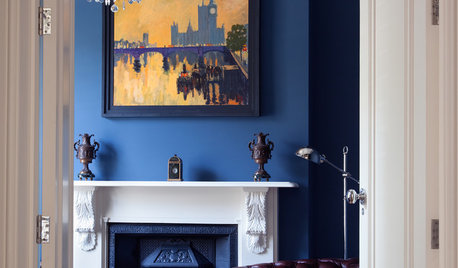
TRADITIONAL HOMESHouzz Tour: A Divided London Home Comes Together Again
A Victorian that had been converted into flats is restored to an elegant single-family home, with a new kitchen-dining area
Full Story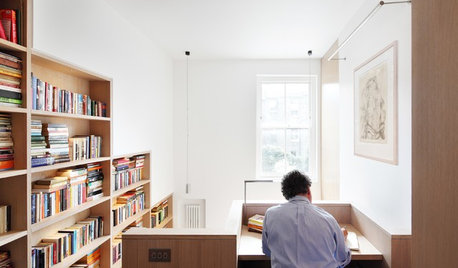
CONTEMPORARY HOMESHouzz Tour: A London Book Tower House Worth a Browse
To fit their mountain of books, these owners went big on scale with a double-height bookcase by the stairs
Full Story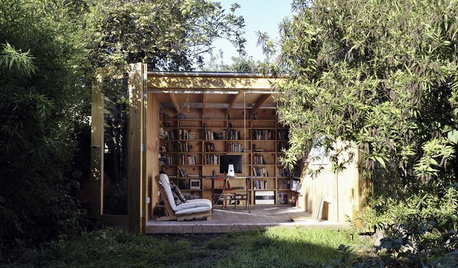
MORE ROOMSHouzz Tour: Shed-Turned-Office in a London Garden
Working and being outdoors aren't mutually exclusive for a U.K. couple — they built an office space amid the greenery of their backyard
Full StoryMore Discussions








georgeinbandonoregon
davidrt28 (zone 7)
Related Professionals
Tempe Landscape Architects & Landscape Designers · Norton Shores Landscape Architects & Landscape Designers · Dallas Landscape Contractors · Deer Park Landscape Contractors · Fair Oaks Landscape Contractors · Melrose Landscape Contractors · Yukon Landscape Contractors · Castle Rock Siding & Exteriors · Glen Burnie Siding & Exteriors · Orange County Siding & Exteriors · Olathe Decks, Patios & Outdoor Enclosures · Palmetto Decks, Patios & Outdoor Enclosures · Vandalia Decks, Patios & Outdoor Enclosures · Pleasant Grove Decks, Patios & Outdoor Enclosures · Acushnet Stone, Pavers & Concretedavidrt28 (zone 7)
georgeinbandonoregon
Embothrium
floral_uk z.8/9 SW UK
rusty_blackhaw
floral_uk z.8/9 SW UK
davidrt28 (zone 7)
poaky1
davidrt28 (zone 7)
floral_uk z.8/9 SW UK
davidrt28 (zone 7)
floral_uk z.8/9 SW UK
floral_uk z.8/9 SW UK
davidrt28 (zone 7)